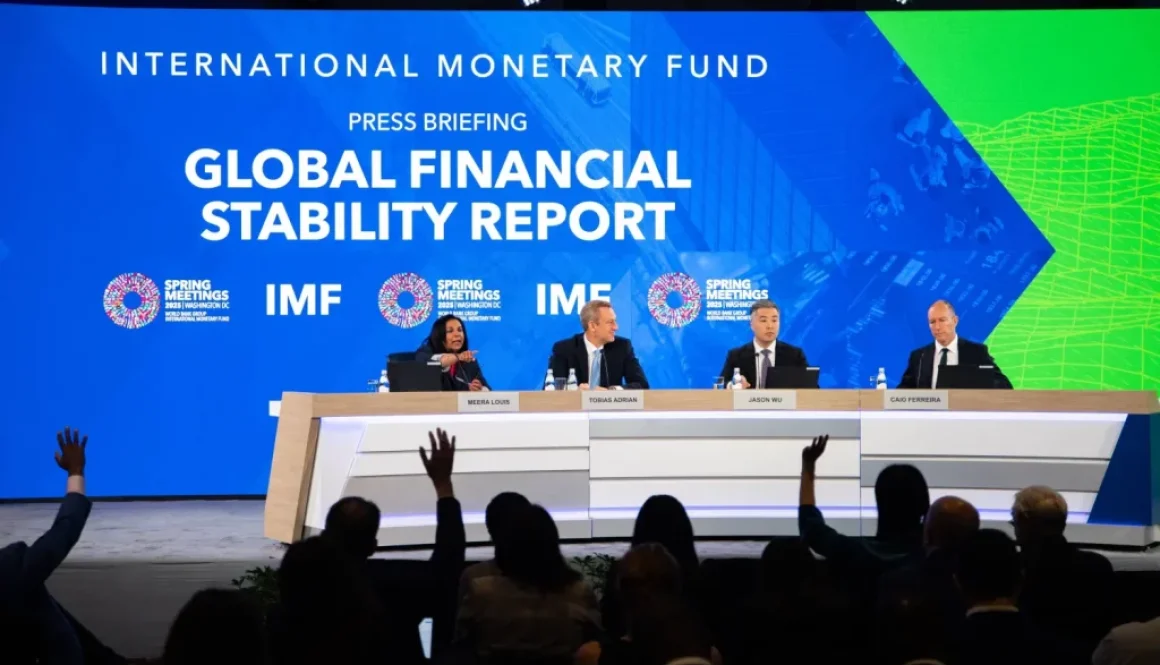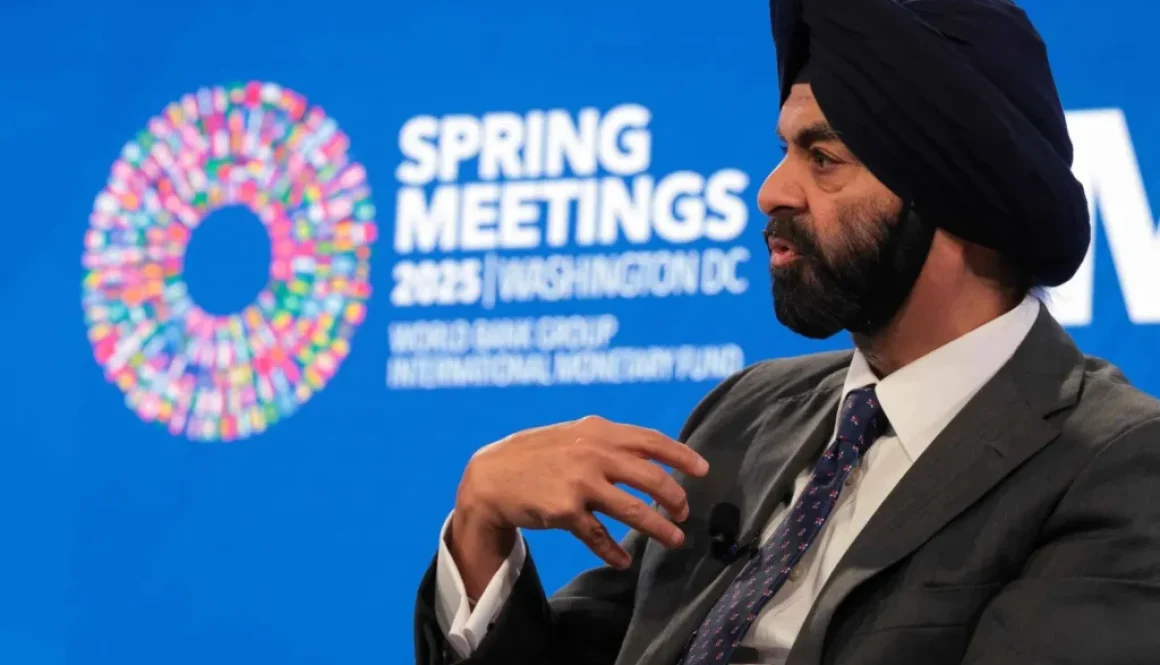(Crypto News)-23/04/2025
CryptoQuant CEO Ki Young Ju recently said that the Bitcoin bull market is over, with “6–12 months of bearish or sideways” trading ahead. But is the Bitcoin bull cycle—a period when BTC prices consistently rise—truly finished?
Young Ju’s bearish outlook is based on a gap in a metric called “realized capitalization” or “realized cap,” which tracks the amount of money flowing into Bitcoin versus its market capitalization.
Posting on X, Young Ju noted that realized cap-based indicators “show a lack of new liquidity.” Inflows into spot Bitcoin exchange-traded funds (ETFs) have been negative for the past three consecutive weeks.
According to CoinShares, last week alone, outflows from Bitcoin-specific funds accounted for 94%, or $751 million, of all outflows from cryptocurrency investment products.
As a result, prices have been choppy due to overwhelming sell pressure—a pattern historically linked to bear markets. As of this writing, Bitcoin is trading at $85,300, down 22% from its peak of about $108,000 in January.
Young Ju does not expect the Bitcoin price to break its all-time high for at least another year. But he also does not see the asset falling by as much as 70%, like in previous bull cycles. He says macroeconomic uncertainty, epitomized by Trump’s trade wars, will make things harder for Bitcoin.
‘Irrational Markets’
In an interview with Cryptonews, Hillary Adler, co-founder of cross-chain blockchain platform BitcoinOS, said the current cycle defies historical precedents, with markets in an “irrational phase” due to Trump’s so-called reciprocal tariffs.
“There’s no question that this ‘four-year-cycle’ appears different from those before,” she said. “Meme coin mania took place in early 2024 after the BTC ETFs went live, rather than early 2025. Bitcoin dominance keeps climbing, and altseason is nowhere to be found.”
In the long term, however, Adler remains bullish, saying Bitcoin’s resistance to censorship makes it a tool for ‘permissionless’ international trade in an increasingly fragmented economic environment.
“The negative tariff impact on Bitcoin is temporary, based on irrational market fear and lingering correlations to equities. Fundamentally, BTC shines in a high tariff world, as BTC allows for permissionless trade with no taxes whatsoever.”
BTC was up more than 7% in the hours following Trump’s 90-day pause on tariffs on April 10. The tariffs, first announced on April 2, had sparked widespread sell-offs across global stock markets, including crypto.
At the time, Bitcoin slumped below the psychological $80,000 mark to about $73,000. Analysts say markets may stay jittery expecting long-term powerplay between the world’s two biggest economies, China and the United States.
While Trump eased tariffs for other countries to 10%, he raised duties on Chinese imports to 145%. China retaliated by raising tariffs on US imports to 84% and suspended exports of rare earth minerals – a key metal used in the manufacture of cellphones and computers – to America.
Alexandr Kerya is the VP of product management at CEX.io, a crypto exchange. Speaking to Cryptonews, Kerya said Bitcoin has shown greater resilience to this tariff-related shock than the wider stock market.
“When Trump announced a 90-day pause on some tariffs, the S&P 500 rebounded sharply, while Bitcoin’s reaction was more muted, suggesting that its earlier decline was more of a collateral impact,” he said, adding:
“Tariff threats could trigger short-term volatility, [but] they also reinforce Bitcoin’s appeal as a hedge, especially if trade tensions spark inflation concerns or prompt significant monetary responses from central banks.”
Kerya noted that BTC tends to initially move in line with traditional risk assets during times of chaos. But over time, it “shows a better recovery rate than traditional markets once the immediate panic subsides.”
A report published by asset manager BlackRock in September of last year appears to back up this store-of-value narrative. It underscored Bitcoin’s resilience during geopolitical crises compared to stocks.
‘Bitcoin Bull Market Is Not Over Yet’
Bitcoin’s selling points may be decentralization and scarcity, but its record highs between December and January have been largely centered around Donald Trump.
The 78-year-old U.S. President inspired market confidence not only with his radical propositions but also his crypto-friendly policies. But Trump’s one-man reengineering of global financial markets has not spared his crypto constituency.
As Kerya, the CEX.io exchange executive, notes, the current Bitcoin bull cycle is a “notable anomaly.”
For example, Bitcoin reached its then-all-time high in March 2024, weeks before an event that reduces the amount of BTC entering into circulation known as “the halving.” It was a break from past trends, Kerya says.
“This event [Bitcoin ATH before halving] caused several indicators to turn ‘weird,’ leading to deviations from multiple historical cycle patterns.”
Kerya cited a July 2024 report by Capriole Investments, which highlighted 13 on-chain indicators used to identify cycle tops—a period when prices are thought to have peaked. He detailed that at least 62% of the indicators pointed to a “further bearish market. “
“At that time,” said Kerya, “Bitcoin entered a seven-month consolidation phase between March and October, which, in retrospect, can hardly be classified as a bear market.” Now, history may be repeating itself. As Kerya tells Cryptonews:
“…once again, several well-established indicators suggest the beginning of a bear market, though it may ultimately prove to be just a prolonged consolidation.”
One argument supporting this view is that key cycle top indicators like the Pi Cycle Top “remain far from signaling a definitive” high for Bitcoin.
Also, BTC’s liquidity held steady during the first three months of 2025, with a 1% market depth, to end the quarter slightly higher at $500 million, per data from Kaiko Research.
Other indicators, like global liquidity, have also hit record highs. BTC has historically shown a two-to-three-month lag behind this metric.
For Kerya, all this points to a “potential market recovery” in the short term.
“Bitcoin’s bull cycle is likely not over yet, and there appears to be room for another upward move. But the cycle may be entering its later stages, as a growing number of indicators point to the possible emergence of a cycle top.”
Will Bitcoin Price Hit $200,000?
Even if Donald Trump goes all out on tariffs, his sledgehammer approach may benefit Bitcoin more than his crypto-friendly policies.
China, the U.S., and others are expected to strategically weaken their fiat currencies for trade advantage, opening up another use case for Bitcoin, which has often been spoken of as the digital equivalent of gold.
BitMEX co-founder Arthur Hayes suggested that BTC could benefit from the trade wars. He believes the tariffs are “correcting” what he calls “global imbalances,” and the resulting “pain” will force the U.S. Federal Reserve to print more money and cut interest rates to support the economy.
According to Hayes, all these factors will lead to more capital seeking refuge in safe-haven assets such as Bitcoin and gold, pushing prices higher.
Adler, the co-founder and chief commercial officer of BitcoinOS, agreed with Hayes’ perspective.
She told Cryptonews that, unlike previous cycles, “Bitcoin isn’t necessarily facing a 70% unwind, but just a multi-month chop period before breaking all-time highs.”
“This would be similar to the 2021 bull market, and is also reinforced by Trump’s latest tariffs, which have taken wind from the sales of BTC, stocks, and every asset you can name,” Adler said, noting:
“The negative impact tariffs would have on the global economy will incentivize central banks to return to quantitative easing and lowering interest rates, which is extremely bullish for scarce assets like Bitcoin. It’ll just take a few months to get there, but for now, we wait.”
Bitwise chief investment officer Matt Hougan is even more bullish. Last week, he doubled down on his December prediction that Bitcoin could hit $200,000 before the end of 2025.
He said it would take nothing less than Trump’s tariffs and a weaker dollar to propel BTC to its new all-time high.
In a blog post, Hougan referred to an April 7 speech in which Steve Miran, chair of the White House Council of Economic Advisers, criticized the US dollar’s reserve status for distorting global trade and undermining American manufacturing.
“In the short term, there’s a well-documented inverse relationship between the U.S. Dollar Index (DXY) and Bitcoin,” Hougan noted. “Dollar down equals Bitcoin up. I expect this pattern to continue.”
According to TradingView data, the DXY, which stacks the dollar against six major currencies, has dropped over 7% since the start of 2025.













